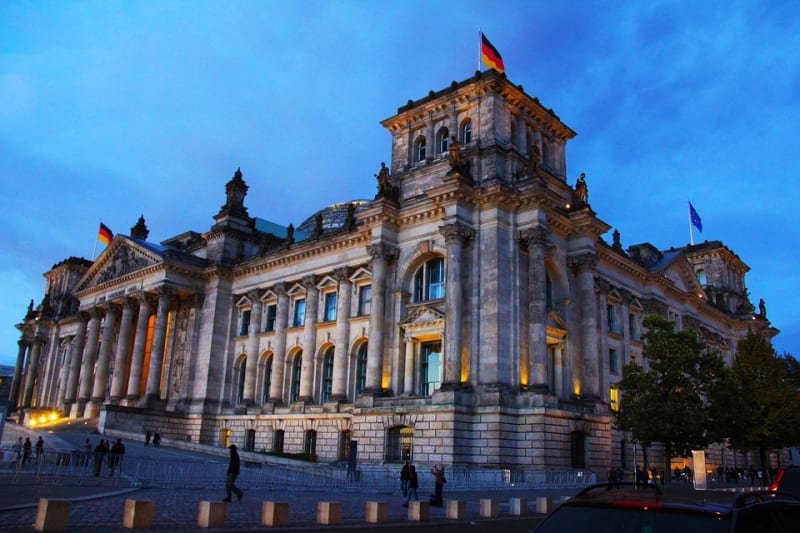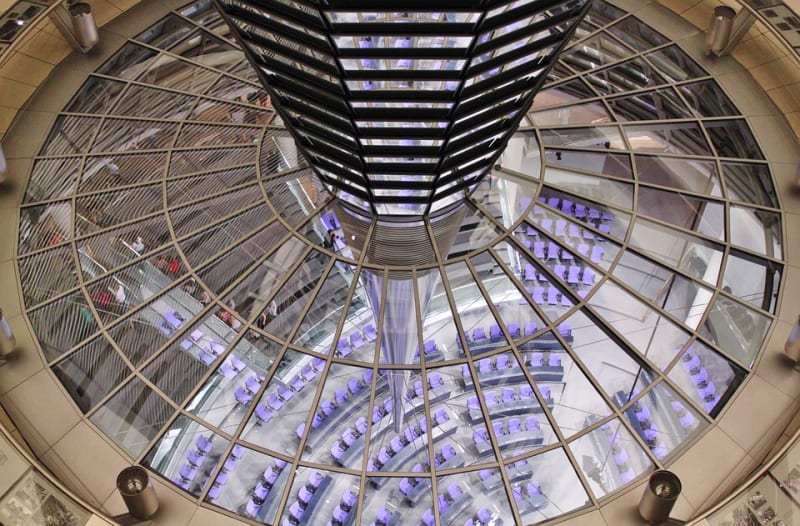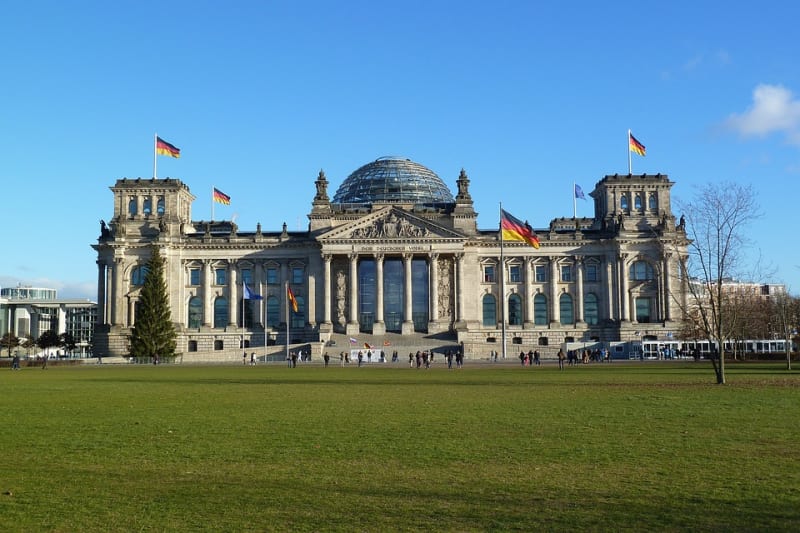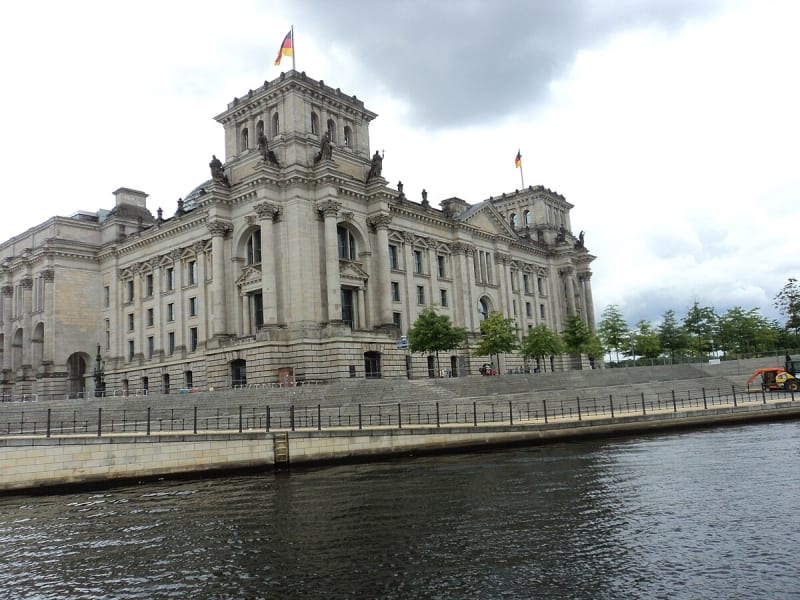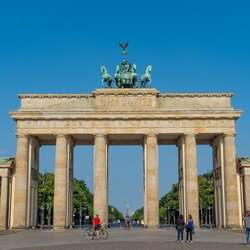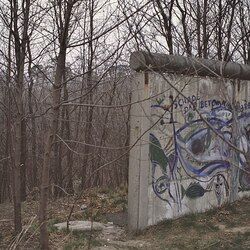Reichstag
The Reichstag is the building of the German parliament, where German laws were held and passed in 1894-1933. It is one of the symbols of Germany.
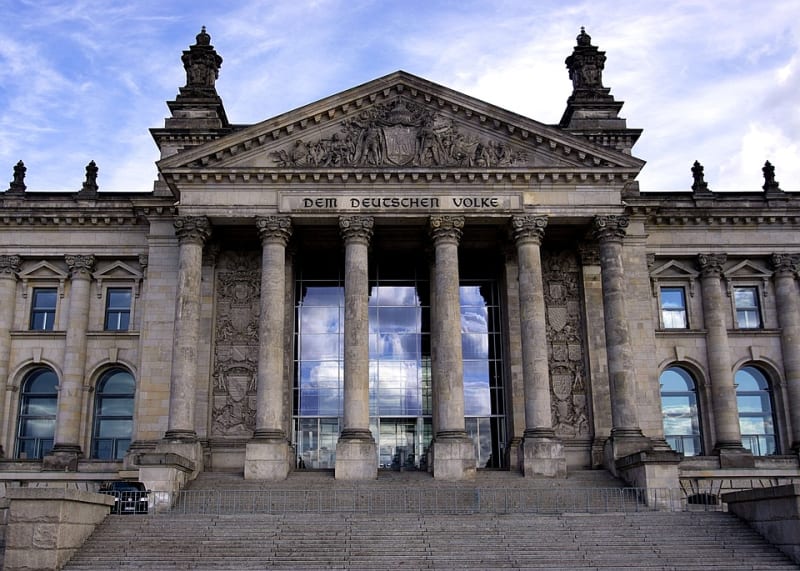
The symbol of unification
Surprisingly, until 1871, Germany was a weak, fragmented state consisting of 39 separate principalities. Prussian Chancellor Otto von Bismarck was able to assemble them into a united Germany - strong and aggressive, with Berlin as its capital. To demonstrate the greatness and power of the young empire, it was decided to build the Reichstag, a building where German politicians were supposed to meet.
History of creation
A classic symmetrical building with a characteristic dome in the Italian Renaissance style was decided to be built on the Royal Square (nowadays Republic Square). It was supposed to outshine Roman palaces and temples in size and beauty. Architect Paul Valotta was commissioned to design it, and construction lasted 10 years. The huge sum of 24 million Reichsmarks for construction at that time was taken from the indemnity imposed on defeated France following the Franco-Prussian War of 1870-1871.

The level of comfort in the Reichstag was amazing for that time. There were: an autonomous source of electricity, central heating, telephone communication, plumbing, ventilation and other amazing technical achievements of German engineers at that time.
From 1894 to 1933, a representative government body, the Reichstag, operated here, and the Bundestag has been operating since 1999. The history of the Reichstag was difficult and even tragic.
Fire in the Reichstag
In 1933, a fire broke out in the Reichstag, which severely damaged the plenary hall and the dome. Hitler, whose party was already in power, used a suitable excuse to accuse the Communists, and then completely shut down the parliament.
The Reichstag during World War II
The building was actively used for both military and peaceful purposes. There were anti-aircraft points in the corner towers, the building itself was an air raid shelter and hospital for wounded German soldiers, and the maternity ward of the Charite Hospital was located in the basement. For the Soviet people, the Reichstag was a hated symbol of Nazi Germany. It was subjected to intense bombing, Soviet soldiers left thousands of autographs on its walls, and the Victory banner was hoisted on the dome. After the end of the war, the Reichstag turned into ruins.
Revival
The renovation of the Reichstag building began 10 years after the end of the war. Rather, it was not a renovation, but anew construction. The restoration of the dome began only after the unification of Germany. In 1995, Englishman Norman Foster presented his project in the form of a glass dome. So the architect managed to recreate the historical silhouette of the building, and at the same time give it a modern look.
There is an observation deck under the top of the dome, which offers a grand circular panorama of the German capital.

